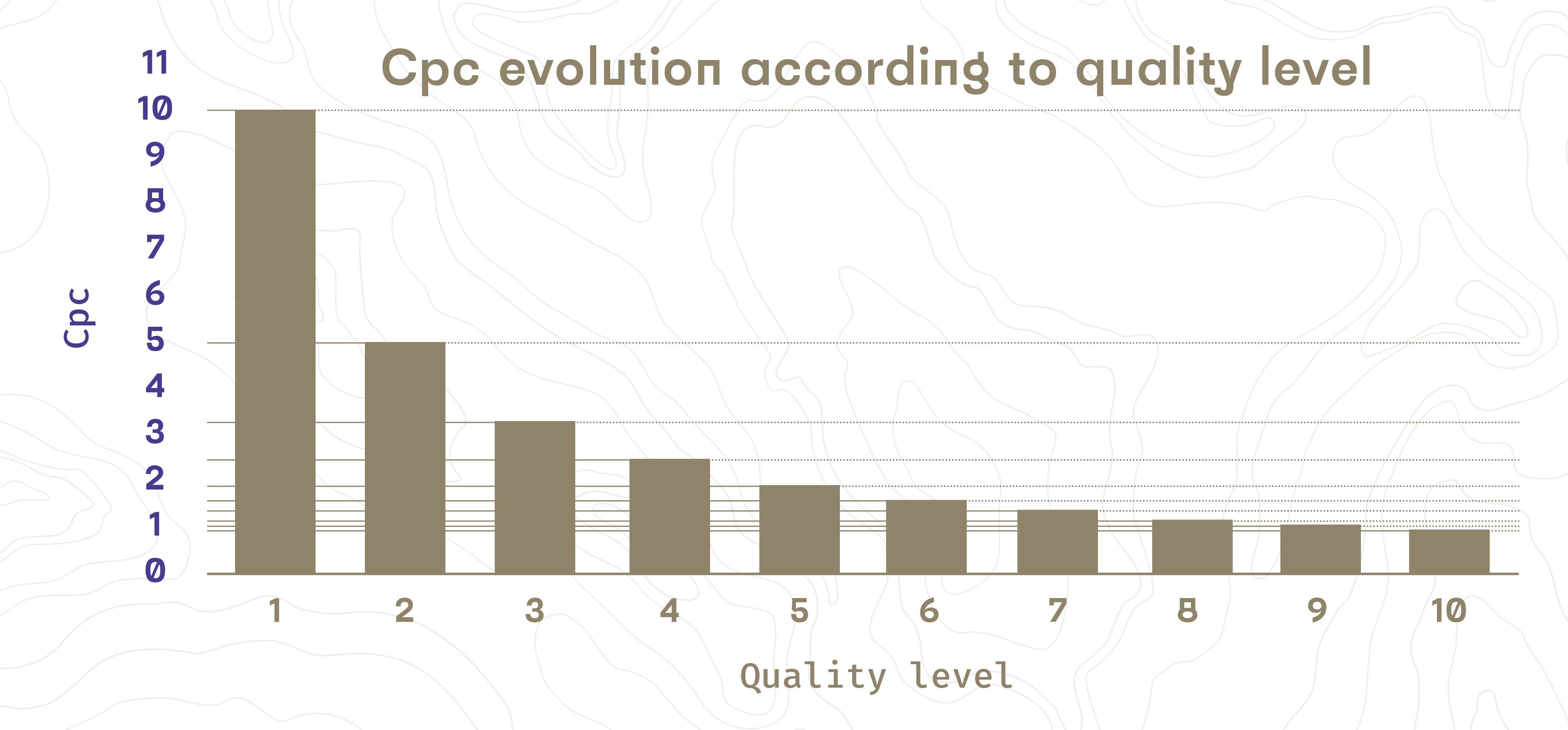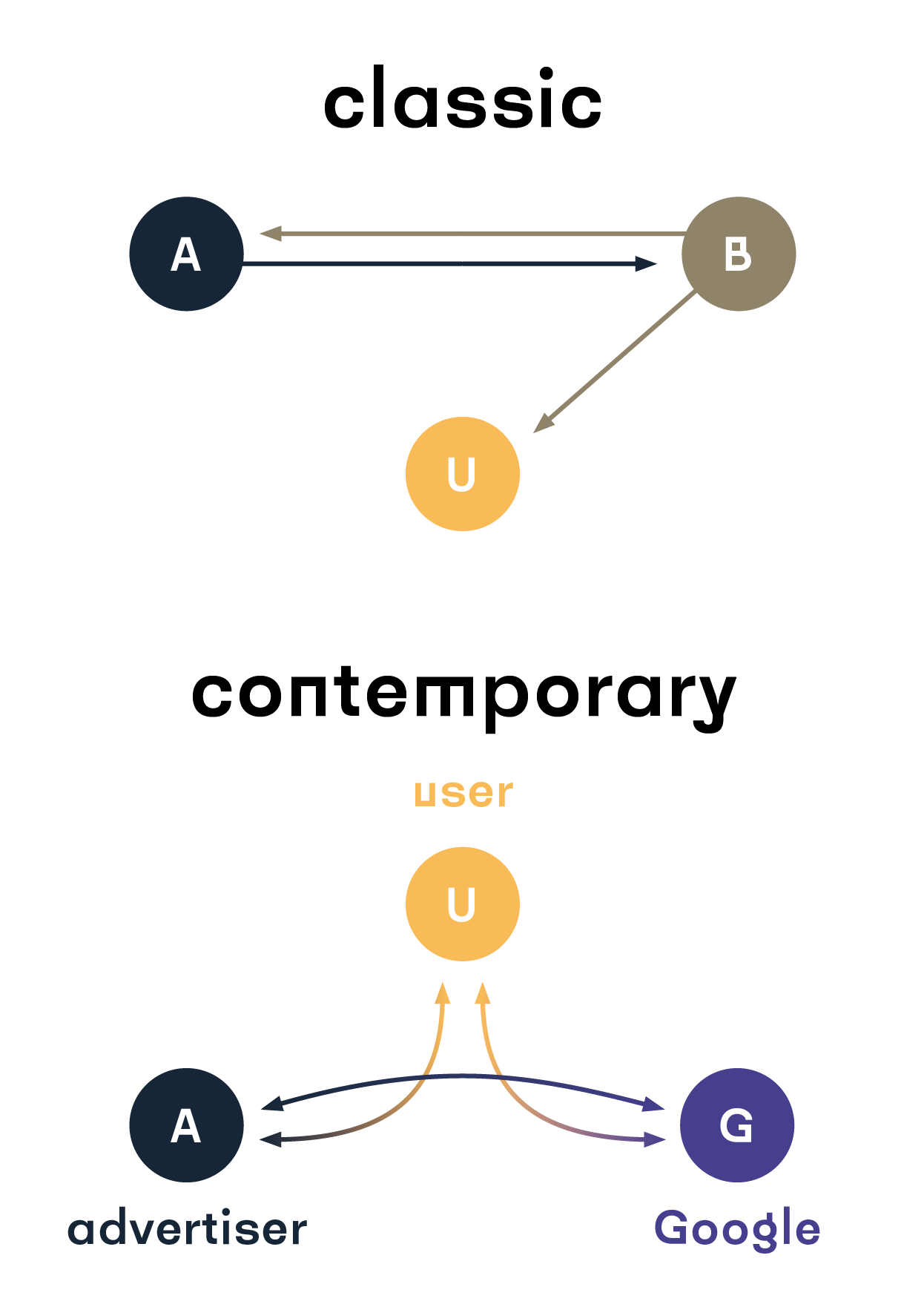
Stop, GRP and reach aren’t quality indicators!
When hearing a communications executive talk about thousands of views, reach or Gross Rating Point, he must immediately be spotted as not belonging to the contemporary world of marketing and as not knowing how to obtain overperformance. Here is why.
Today, the customer relationship’s quality prevails over the number of times that they receive an advertising message. A fact that is becoming a financial reality on an everyday basis and has been so since 1998.
Not only has Google revolutionized search engines by indexing content with algorithms but it has also created a new business model for advertising broadcast.
In the last century, advertising’s business model was simple and poorly connected: an advertiser would like to broadcast a content to a media’s audience. In order to do that, the media set a price for the wanted space (half a page, 15 seconds after the TV news…) and that’s it. The advertiser would pay, distribute the message that he wanted (to the extent permitted by law, of course) and he would reach the media’s audience.
Google transformed this business model by placing the user at the center of the process. For this purpose, Google used two tools:
- The first tool is very simple: the ad rank.
The higher the number of advertisers who want to reach an audience, the more expensive it will be. The fewer the number, the more affordable it will be.
Thus, Google limits the number of spaces where it is possible to reach an audience without limiting its revenue.
- The second implemented method is the most revolutionary.
It consists in giving a quality rating to advertisers. This quality score is used as a coefficient multiplier of the amount that the advertiser is willing to bid. Thus, an advertiser willing to pay 1.5$ on a media space with a quality rating of 10 will bid a total of 15 points. While another willing to bid 2$ with a quality rating of 5 will bid with only 10 points…The second advertiser will then be in a less good position than the first one even though he was willing to pay more.
Google mixed incentives with quality. Since then, this model has been copied by every digital media and we at Enigma hope that one day classic printed media will use it too.
From the media’s perspective, this method is interesting because it encourages advertisers to bring more and more qualitative content to the audience.
From the perspective of the audience, this method has also a beneficial effect because advertisers are more careful and adapted.
Finally, from the advertisers’ point of view, quality prevails on the agreed investment.
The only loser in this situation might be the lender, who is no longer as important as before in order to achieve success.


This business model works well because the attention is focused on the audience and its actions and no longer on the reach. In this specific framework, the reach research no longer makes sense, the quality rating being highly impacted by the Click through Rate (CTR). If you succeed to reach a lot of different persons but who are only a few to click, your rating will be low. On the contrary, if you’re only addressing to a specific audience, thereby reduced, your content will be adapted to this public, the click rate will then be higher and your quality rating better.
Therefore, setting up a quality advertising campaign means obtaining better results without additional investment. Why go without it?